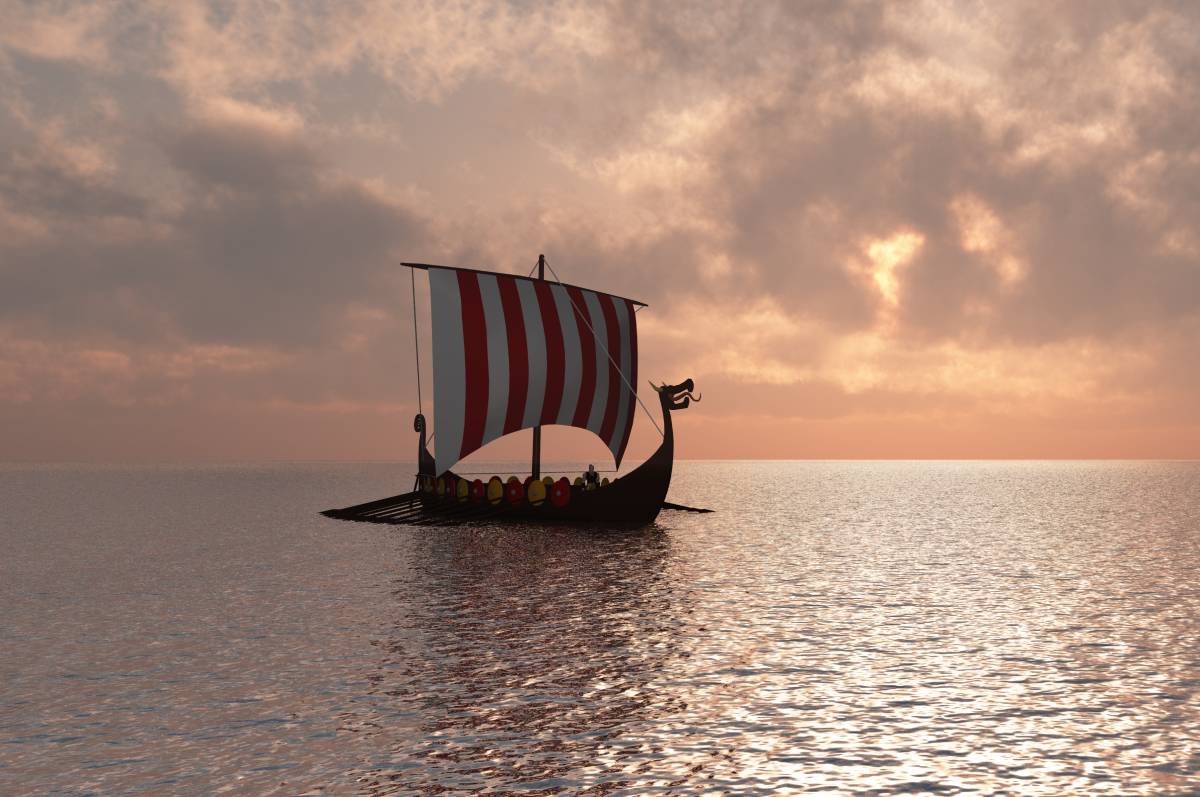Sailing Through Time: Unveiling the Art of Viking Sail Making

The Vikings, like many other ancient seafaring cultures, crafted sailcloth through a process that involved natural materials and traditional techniques.
In the rugged coastal villages of the Viking Age, the creation of sailcloth was a vital craft that allowed these fearless explorers to conquer the open seas. To fashion their sailcloth, the Vikings relied on nature's bounty and the skills passed down through generations.
First, the Vikings sought out the finest materials from their environment. Flax, a tall, slender plant with delicate blue flowers, was a favorite choice. They cultivated flax in small fields, carefully tending to the plants until they reached the ideal stage of maturity.
Once the flax was ready, it was time to harvest. The Vikings would meticulously pull the flax from the ground, ensuring the fibers remained long and strong. This was a laborious task, but it yielded the essential raw material for their sails.
With bundles of flax in hand, the Vikings set out to prepare the fibers. They would soak the flax in water or immerse it in streams, allowing nature to soften the plant's outer layers. After this process, the flax was dried and combed to separate the valuable long fibers from the shorter ones.
Next came the spinning wheel, a treasured tool among Viking women. They expertly spun the flax fibers into long, fine threads, creating the foundation for the sailcloth. These threads were then woven together on simple looms, forming the fabric that would carry their ships across the waves.
To reinforce the sailcloth's strength and durability, the Vikings often applied a protective coating of natural substances, such as animal fats or pine tar. This shielded the fabric from moisture and added to its longevity, ensuring it could withstand the harsh conditions of the North Atlantic.
In the end, the Viking sailmakers' meticulous craftsmanship resulted in sailcloth that was not only functional but a testament to their deep connection with the sea. It was these sails that enabled their dragon-headed longships to venture far and wide, forging the legend of the Vikings as fearless seafarers and explorers.
